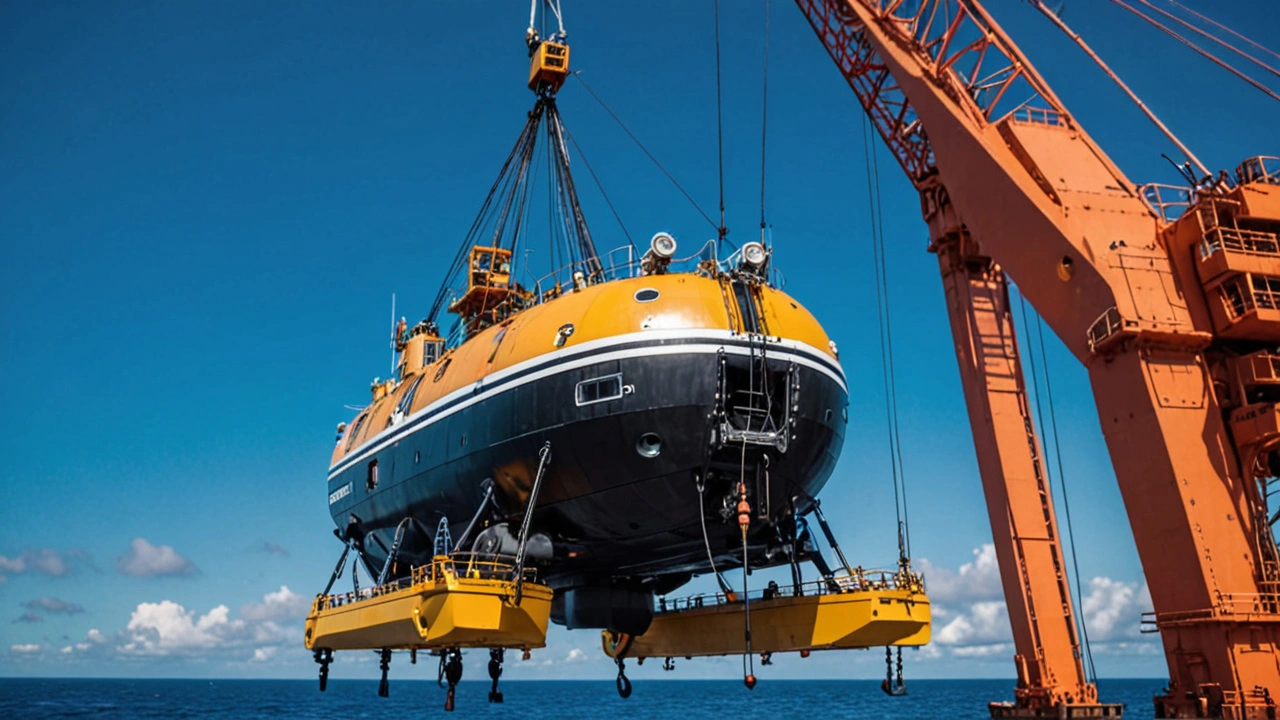Titan submarine disaster: what happened, investigation, and lessons
The Titan submersible loss shocked people around the world and raised big questions about deep-sea tourism and safety. This page collects clear, practical information: what happened, who investigated, and what lessons regulators and operators are taking away.
What happened and timeline
The Titan, run by OceanGate, was carrying five people on a dive to the Titanic wreck in June 2023. Contact was lost during descent and the vessel never returned. A multinational search found debris near the wreck site a few days later, confirming a catastrophic structural failure underwater. Authorities and experts say the failure happened under extreme pressure at depth and was sudden.
We know the wreck sits roughly 3,800 metres below the surface. At that depth, water pressure is enormous—small design or material flaws can become fatal. The timeline of loss, search, discovery of debris, and public updates unfolded quickly and drew intense media attention. Families, regulators, and the public demanded answers about safety, oversight, and industry practices.
Investigations and key findings
Multiple agencies reviewed the incident, examining design, materials, testing, operations, and company culture. Investigators focused on whether the sub’s construction met accepted engineering standards and whether adequate independent testing and certification happened before commercial dives. Reports and briefings have highlighted gaps in documentation, limited third-party verification, and the risks of experimental designs in passenger-carrying missions.
Agencies also looked at emergency systems. Questions arose about locator beacons, communication backup plans, and rescue readiness for extreme-depth incidents. The search itself used surface vessels, aircraft, and remotely operated vehicles, showing how complex and costly rescues at those depths can be.
Official findings and recommendations aim to prevent similar tragedies. They include stronger rules for certification, mandatory third-party review of designs, clearer passenger information about risks, and stricter operational limits on experimental craft carrying paying customers.
What does this mean for travelers and the industry? Expect tighter oversight. Deep-sea tourism will likely face new regulations, more rigorous tests, and clearer safety standards before submersibles can carry passengers again. Companies that want to run safe dives will need transparent engineering records and independent checks.
If you follow this topic, watch for regulatory updates in your country and industry responses from operators. Families affected received wide public sympathy and the incident pushed policymakers to act faster than they might have otherwise.
Want quick updates? Bookmark this tag page for new coverage, investigation summaries, and practical guides on deep-sea safety. Read related stories that examine regulation changes, engineering reports, and how search-and-rescue technology is improving for extreme-depth missions.
Questions or tips? Send verified information or official documents to reputable news teams and investigators. Rumors spread fast after big events; verified facts help families, regulators, and the public understand what really happened and how to avoid it again.
Memorial to be Held for Titan Victims by New Titanic Expedition Crew
A year after the tragic Titan submersible disaster during an expedition to the Titanic wreck site, a new crew plans to hold a memorial for the five victims. The ill-fated journey's loss is honored as the U.S. Coast Guard continues its investigation.
